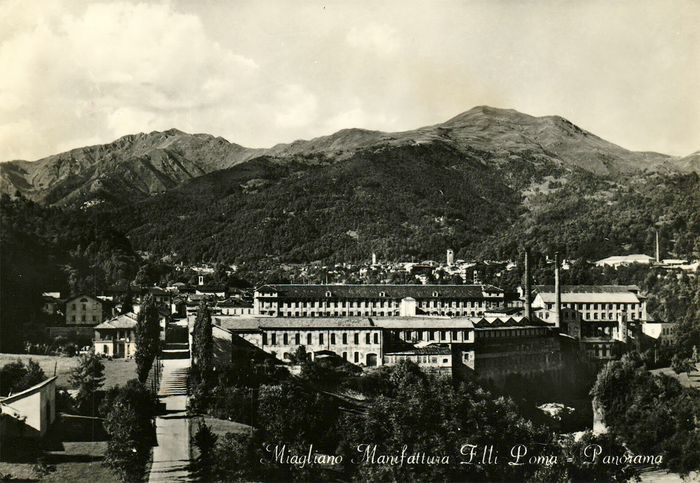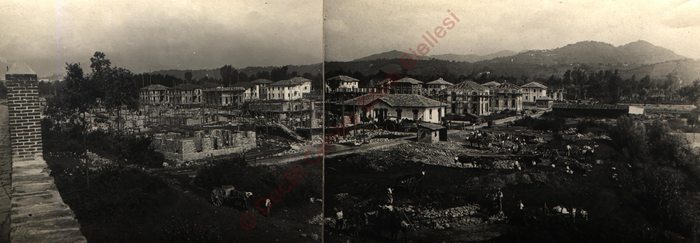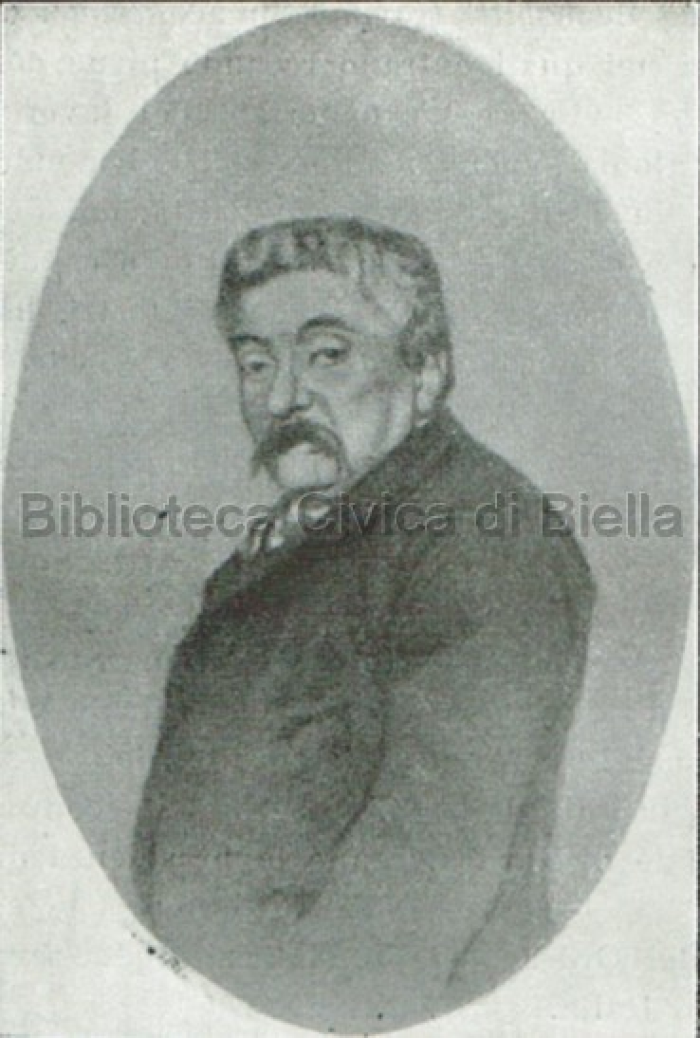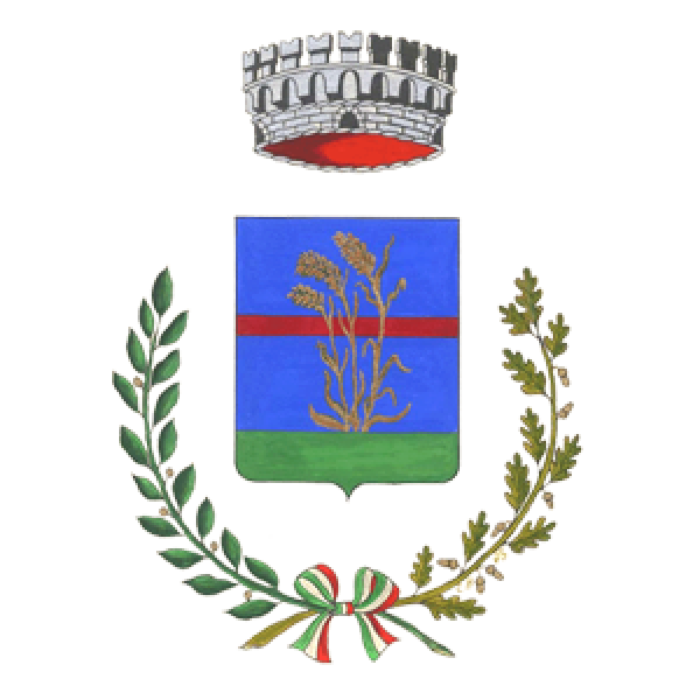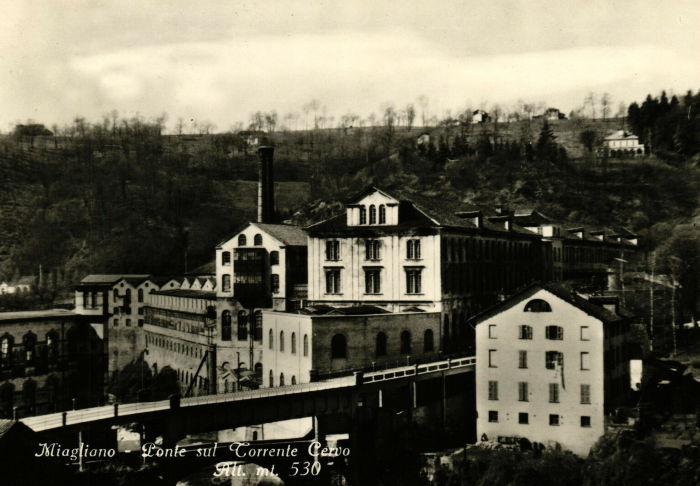Architettura e Paesaggio
Villaggio operaio del Cotonificio Fratelli Poma [ARCHITETTURA]
Relazioni
Architettura e Paesaggio

in relazione
Asilo infantile e nido "Fratelli Poma" [ARCHITETTURA]
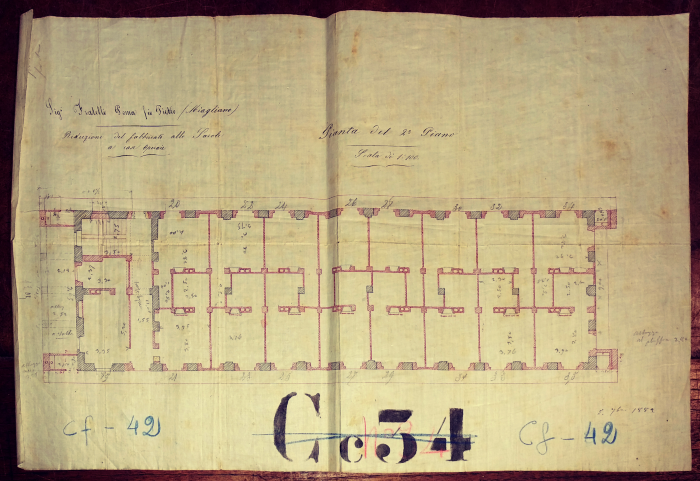
in relazione
Casa operaia "ex stendissaggio" [ARCHITETTURA]

in relazione
Cucina economica (mensa operaia) [ARCHITETTURA]
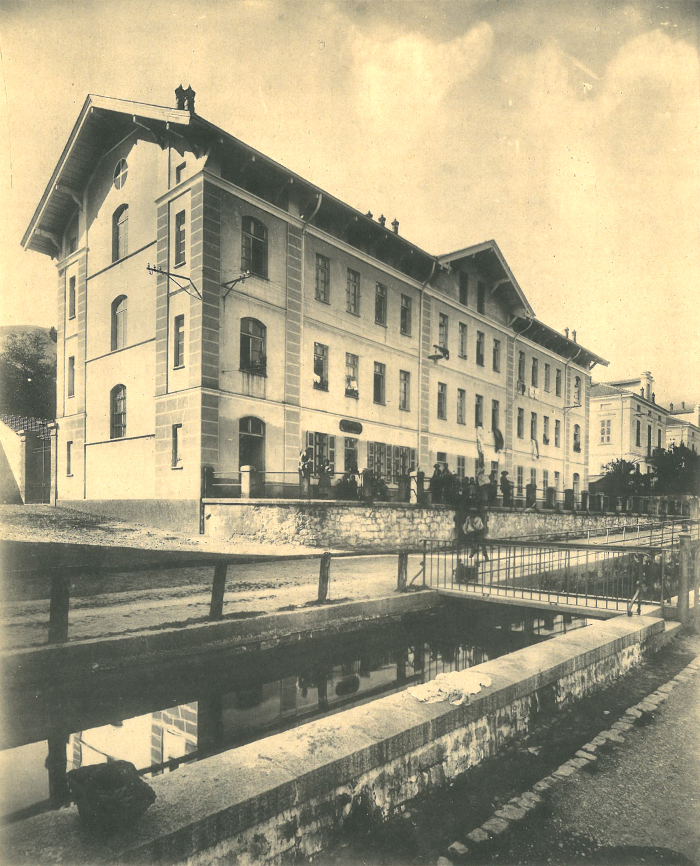
in relazione
Case operaie della Gera

in relazione
Villette dei dirigenti della Gera
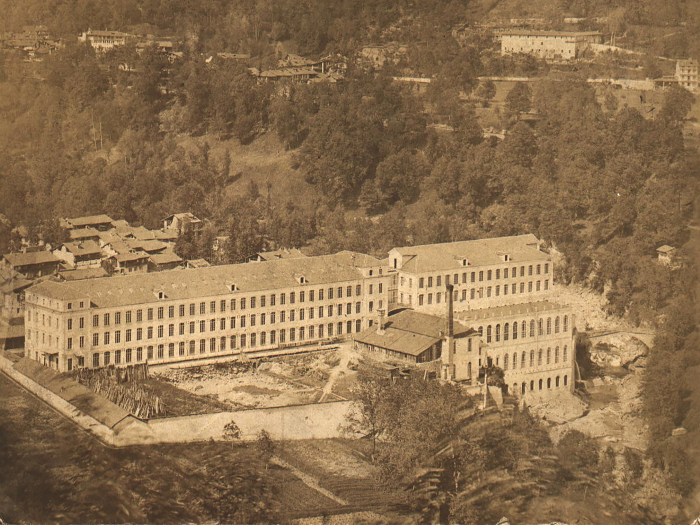
in relazione
Cotonificio Fratelli Poma fu Pietro (stabilimento di Miagliano) [ARCHITETTURA]

in relazione
Le palazzine di via Re e il "Circolo Stella" [ARCHITETTURA]

in relazione
Palazzine gemelle di via Enrico Toti
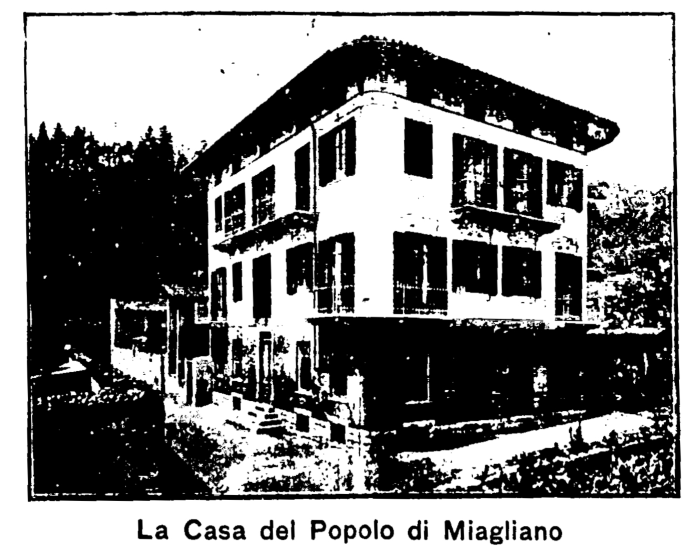
in relazione
Casa del Popolo di Miagliano [ARCHITETTURA]
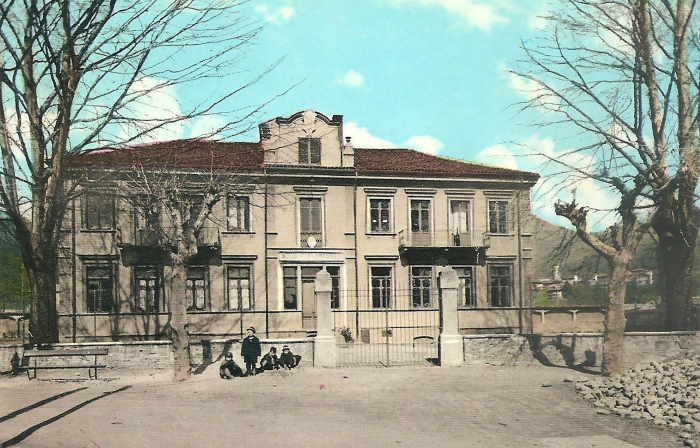
in relazione
Scuole elementari di Miagliano [ARCHITETTURA]

in relazione
Casa delle scuderie [ARCHITETTURA]

in relazione
Alleanza Cooperativa
